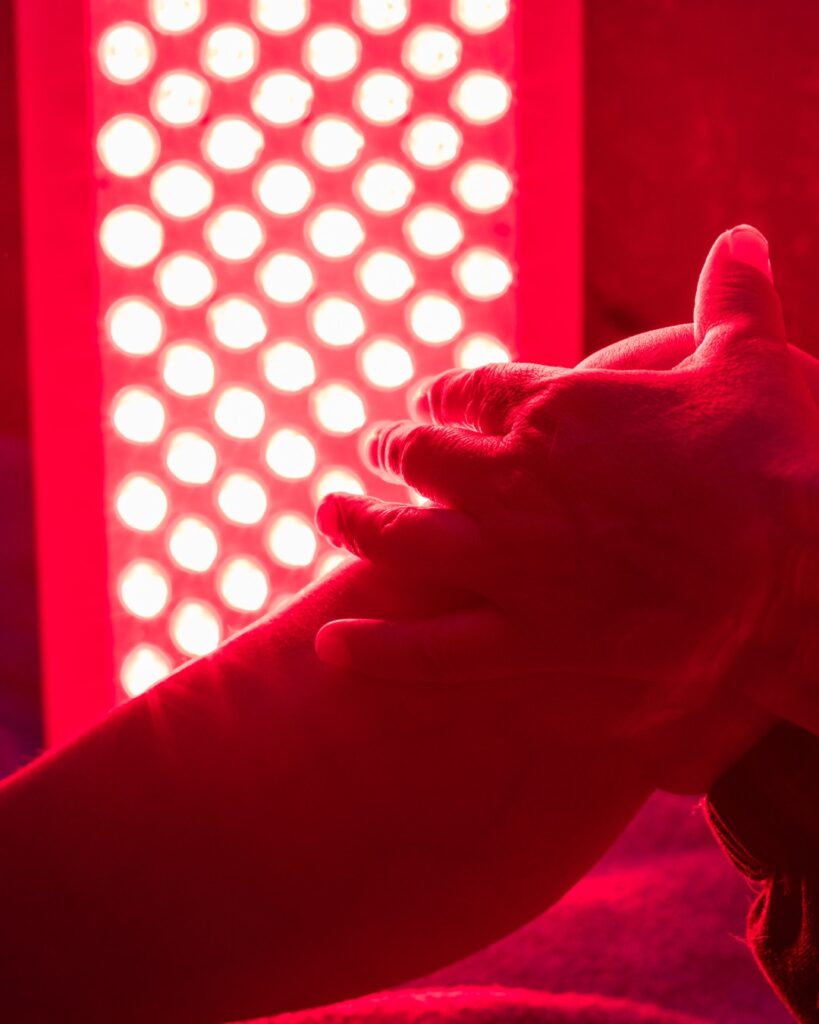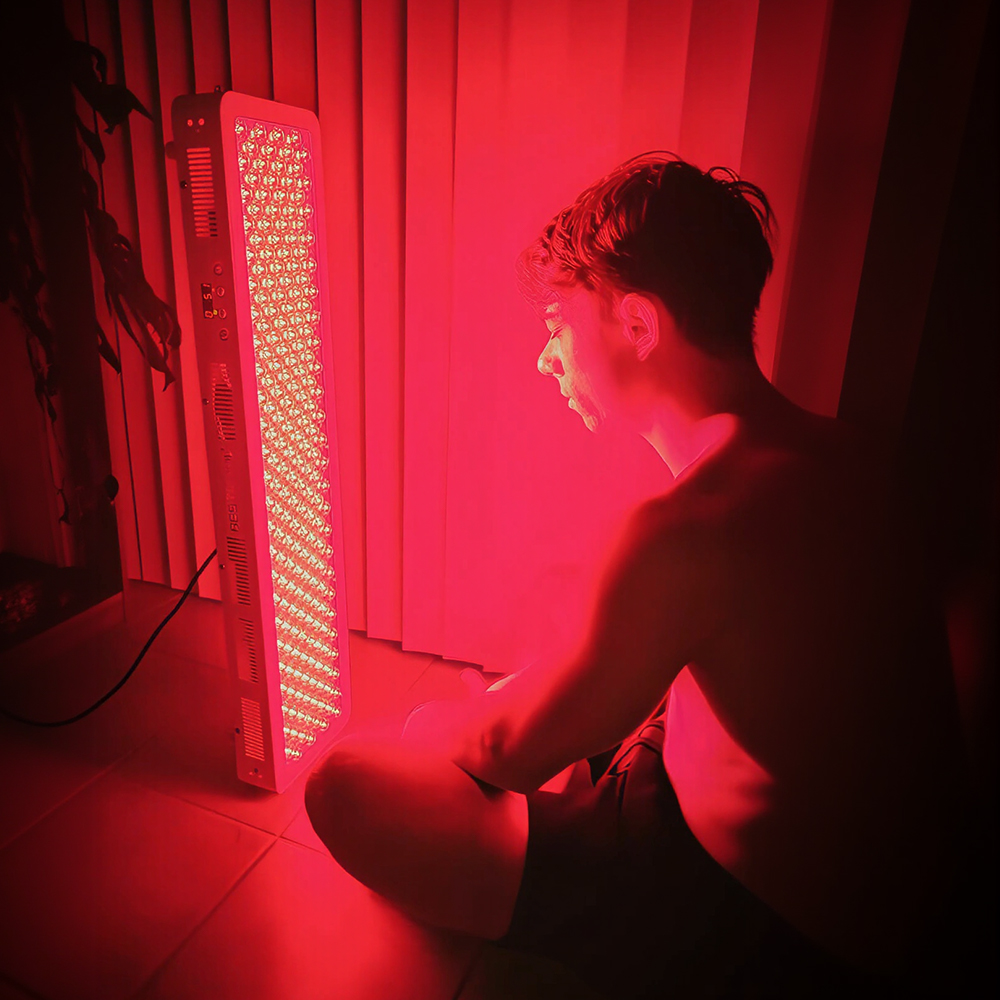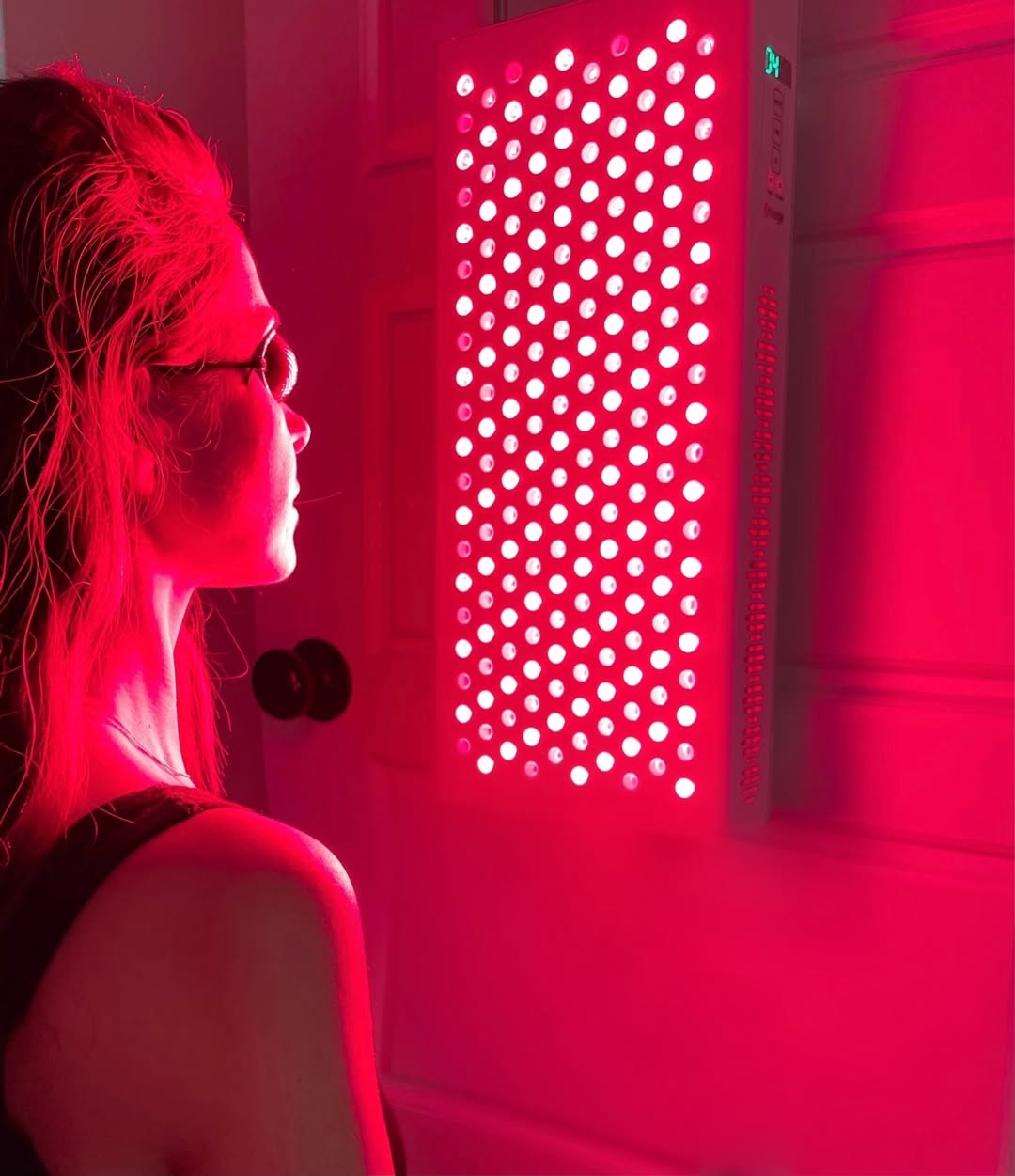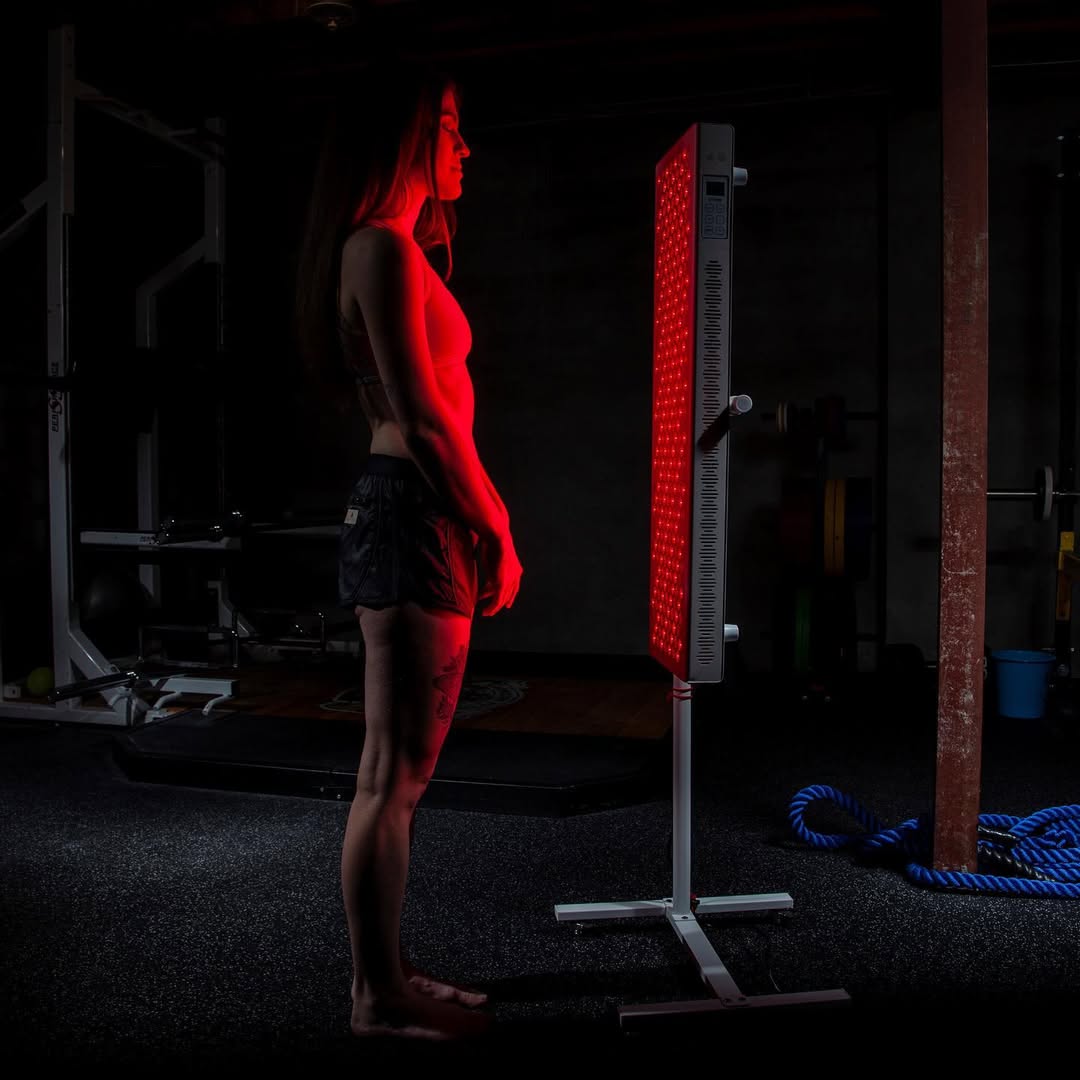![]() Free Shipping
Free Shipping ![]() Buy Now, Pay Later
Buy Now, Pay Later ![]() Eligible
Eligible
How Effective Is Red Light Therapy in Treating Knee Joint Discomfort?

Knee joint discomfort is a common issue affecting millions of people worldwide, whether due to aging, arthritis, sports injuries, or chronic conditions. Traditional treatments like painkillers, physical therapy, and surgery often come with side effects or long recovery times. As a result, many are turning to alternative therapies—one of the most promising being red light therapy (RLT).
But does red light therapy really work for knee pain? How does it compare to conventional treatments? And what does science say about its effectiveness? Let’s dive deep into the research, benefits, and real-world experiences to uncover whether RLT is a viable solution for knee joint discomfort.
Understanding Red Light Therapy
Red light therapy, also known as low-level laser therapy (LLLT) or photobiomodulation, involves exposing the skin to low-wavelength red or near-infrared light. Unlike UV rays, which can damage the skin, red light penetrates deep into tissues without causing harm.
How Does It Work?
The science behind RLT lies in its ability to stimulate cellular energy production. When red or near-infrared light is absorbed by the mitochondria (the powerhouse of cells), it enhances adenosine triphosphate (ATP) production, which fuels cellular repair and regeneration. This process can:
- Reduce inflammation – A key contributor to knee pain.
- Promote collagen production – Essential for joint and cartilage health.
- Enhance blood circulation – Delivering more oxygen and nutrients to damaged tissues.
- Accelerate tissue repair – Helping with muscle recovery and joint healing.
Given these mechanisms, researchers have been exploring RLT as a non-invasive treatment for joint pain, particularly in the knees.
Scientific Evidence: Does Red Light Therapy Help Knee Pain?
Several clinical studies have investigated the effects of RLT on knee joint discomfort, with promising results.
1. Osteoarthritis Relief
A 2017 study published in the Journal of Lasers in Medical Sciences found that patients with knee osteoarthritis who underwent RLT experienced:
- Significant pain reduction
- Improved joint flexibility
- Decreased stiffness
Another 2020 meta-analysis in Pain Research and Management reviewed multiple trials and concluded that RLT provided moderate pain relief for osteoarthritis sufferers, especially when used consistently over several weeks.
2. Post-Surgery and Injury Recovery
Athletes and post-surgical patients often use RLT to speed up recovery. A 2016 study in the American Journal of Physical Medicine & Rehabilitation showed that RLT helped reduce inflammation and pain in patients recovering from knee surgery.

3. Chronic Knee Pain Management
For those with long-term knee discomfort, RLT offers a drug-free pain management option. A 2019 study in BMJ Open Sport & Exercise Medicine reported that participants using at-home red light devices saw noticeable improvements in pain and mobility after just four weeks.
Red Light Therapy vs. Traditional Knee Pain Treatments
How does RLT stack up against conventional treatments?
| Treatment | Pros | Cons |
|---|---|---|
| Red Light Therapy | Non-invasive, no side effects, promotes healing | Requires consistency, may take weeks to see results |
| Painkillers (NSAIDs) | Quick relief | Risk of stomach issues, kidney damage, dependency |
| Corticosteroid Injections | Strong anti-inflammatory effects | Temporary relief, potential joint damage over time |
| Physical Therapy | Strengthens muscles, improves mobility | Can be time-consuming, may cause initial discomfort |
| Surgery (Knee Replacement) | Long-term solution for severe cases | Invasive, long recovery, risk of complications |
While RLT isn’t a magic cure, its lack of side effects and ability to support natural healing make it an attractive complementary therapy.
How to Use Red Light Therapy for Knee Pain
If you’re considering RLT, here’s how to maximize its benefits:
1. Choose the Right Device
- Wavelength matters: Look for devices emitting 630-850 nm (red to near-infrared).
- Power output: Higher power (50-200 mW/cm²) means shorter sessions.
- FDA-cleared devices: Ensure safety and efficacy.
2. Treatment Protocol
- Frequency: 3-5 sessions per week.
- Duration: 10-20 minutes per knee.
- Distance: Keep the device 6-12 inches from the skin.
3. Combine with Other Therapies
For best results, pair RLT with:
- Gentle exercises (yoga, swimming)
- Anti-inflammatory diet (omega-3s, turmeric)
- Compression sleeves (for added support)
VELLGUS Elite V2
THE #1 RATED RED LIGHT DEVICE
VELLGUS pro V2
THE #1 RATED FULL BODY RED LIGHT DEVICE
Real-World Experiences: What Users Say
Many people report positive outcomes with RLT for knee pain:
- “After 4 weeks, my chronic knee pain reduced by 70%.” – Mark, 58 (arthritis sufferer)
- “I use it after workouts, and my recovery is faster.” – Sarah, 34 (athlete)
- “No more relying on painkillers daily.” – Linda, 62 (osteoarthritis patient)
However, results vary—some see improvements quickly, while others need 6-8 weeks of consistent use.
Final Verdict: Is Red Light Therapy Worth Trying?
Based on current research and user testimonials, red light therapy shows real promise in alleviating knee joint discomfort. While it may not replace severe-case treatments like surgery, it offers a safe, non-invasive, and scientifically backed option for pain relief and tissue repair.
If you’re struggling with knee pain and want an alternative to medications or invasive procedures, RLT is definitely worth exploring. Consistency is key—give it a few weeks, track your progress, and see if it works for you!








